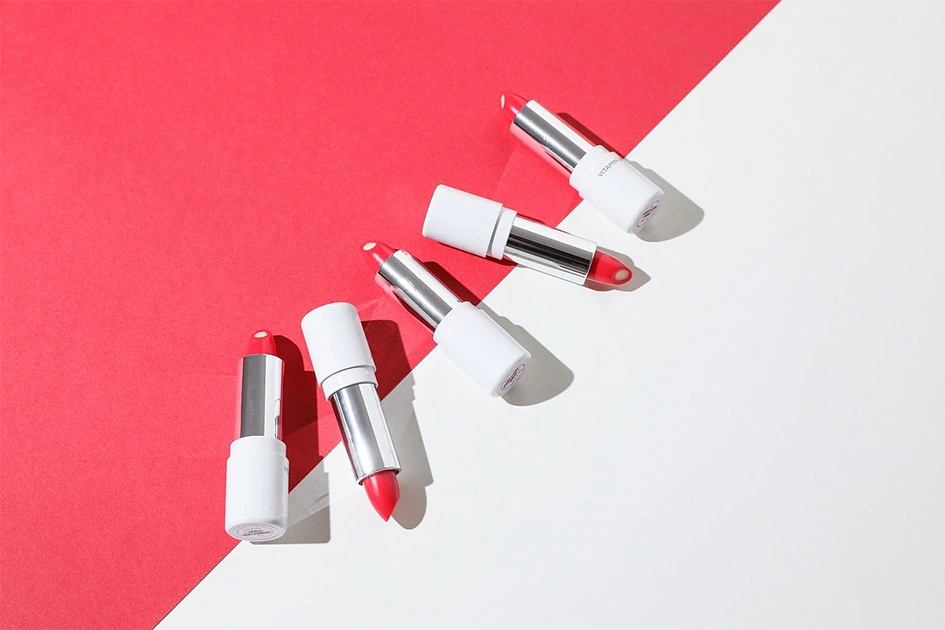
Taking professional-looking product photos is key for e-commerce success. This guide will show you how to set up a DIY product photography studio. You’ll learn about camera settings, lighting, styling, and editing photos. With the right skills and gear, even small businesses can make high-quality product images. These images will help show off your products and increase sales.
Key Takeaways
- Use the iPhone’s built-in camera app for more control over settings
- Use natural lighting to give products a warm, inviting glow
- Create a product photography set with affordable vinyl backdrops
- Apply the rule of thirds for visually appealing compositions
- Try free camera and photo-editing apps to improve smartphone photography
Setting Up a Product Photography Studio
To get professional-quality product photos, you need a special photography studio setup. This includes a strong table, a white backdrop, a camera, a tripod, and foam board bounce cards. Use a room with big windows for natural light, which gives soft, even shadows. You might also want some basic artificial lighting like softboxes for extra light.
Essential Product Photography Equipment
For your product photography studio, you’ll need a few key items. A DSLR camera, like a Canon or Nikon, gives great quality for your product photography. A tripod is key for keeping your camera steady and getting sharp photos. White bounce cards from foam board reflect light and make your products look better.
The size of your photography setup matters too. A 24 to 27 inch wide table is perfect for showing off your products. And remember, a simple white backdrop makes a professional look that highlights your products.
With the right product photography equipment and a dedicated studio, you can improve your ecommerce product photography. This way, your photos will grab your customers’ attention.
Choosing the Right Camera Settings
For professional-quality product photos, the right camera settings are key. Begin by setting your white balance to auto for accurate colors. Then, turn off the flash to avoid harsh, unnatural shadows on your products.
For top-notch image quality, pick the highest resolution your camera offers, like RAW or the biggest JPEG. Set your ISO to 100 to reduce noise and grain in your shots.
Switch to manual mode to control the exposure. Adjust the aperture to get the focus you want, aiming for f/7.1 to f/16 for most product shots. A higher f/16 value ensures everything is sharp. For shutter speed, go for about 1/13 of a second for clear, sharp images with a tripod.
Mastering these camera settings for product shots leads to professional-looking product photography. Your items will look their best in these stunning images.
Mastering Natural Lighting for Product Photos
Using natural light can change the game for your product photos. Light from a window is both affordable and flexible, giving you professional-looking shots. Place your setup 90 degrees to the right or left of the window for soft, directional lighting. This lighting makes your products look better by adding texture and depth.
Tips for Using Window Light
Try different distances from the window and times of day to get the best light. Morning light has less color change, while afternoon and evening light gives more contrast. East-facing windows get bright morning light. West-facing windows give a warm, inviting glow during the ‘golden hour.’
To improve the lighting, use white bounce cards to fill in shadows. This simple trick can greatly improve your product photos.
Online product images are key to making a good first impression. They help shoppers decide to learn more or buy. Mastering natural lighting can make your product photos stand out and grab your audience’s attention.
Working with Artificial Lighting Setups
Artificial lighting setups give you more control and consistency in product photography. Think about getting a pair of softbox lights. They soften shadows and give you even lighting. Place the lights at 45-degree angles to your product and adjust their distance for the look you want.
Continuous lighting lets you make changes before taking the shot, great for beginners. Strobe lighting flashes when you press the shutter, offering less adjustment time. Experts use key lights, fill lights, and backlights for different effects.
Diffusers soften light, making it more even and reducing harsh shadows in commercial product photography. Reflectors bounce light to fill shadows and improve the lighting. Try changing the light’s angle and intensity to see how it changes the shot.
Choosing the right backdrop is key. It affects how light behaves, possibly causing glare that’s hard to fix later. By mastering artificial lighting techniques, you can make professional-looking photos that highlight your products well.
Styling and Composing Product Shots
How you style and compose your product shots can greatly affect the final image. Try different shooting angles for products like eye level, high angle, and low angle. Use product photography props to add interest, but don’t let them take over. Keep your product photography composition simple to focus on the main item.
Natural light is the top choice for product photography because it looks good and is flattering. Aim for a mix of full shots, close-ups, and lifestyle shots to show your products well. For a DSLR camera, set the ISO to 1000, aperture to 3.5-4.0, and shutter speed between 1/30 and 1/125 for indoor shots with natural light.
When editing, make your photos bright and colorful by adjusting whites, brightness, and saturation. Use apps like Enlight, Touch Retouch, and Snapseed on your smartphone to improve your product photography styling and get a professional look.
Your goal is to make product shots that grab attention. By trying different camera angles for products, using props wisely, and editing well, you can make your product photography stand out. This will help you connect with your audience.
How to take professional photos of products ?
Taking professional-quality product photos is key for showing off your items and drawing in customers online. It doesn’t matter if you’re shooting a tiny trinket or a big piece of furniture. The secret to great product photos is using the right gear, lighting, and setup.
First, set up a special studio area with a clean white background. Use a DSLR camera with 12 megapixels or more, or a top-notch smartphone with a 12-megapixel camera or better. Add a standard 35mm lens and a 100mm macro lens for flexibility. For smartphones, think about getting macro, telephoto, and wide-angle lenses to boost your shots.
For lighting, use natural light by placing your items near a window. Use reflectors made of white foam core or card stock to adjust the light’s strength and direction. If you need more control, look into a table-top light box or a basic studio lighting setup, depending on your product’s size.
Try out different camera angles, props, and styles to see what works best for your products. The goal of product photography is to give customers a full view of the item. This lets them see it from various angles and grasp its features and details.
Post-Processing and Editing Techniques
Even with a great product photography session, editing can still make a big difference. Using photo editing software can improve your product photos. It helps make your products look their best. You can also hire photo editing experts. Clippingpath.co is one of the best photo editing experts.
Using Photo Editing Software
Tools like Adobe Photoshop and Lightroom have many features for editing product photos. You can adjust things like exposure and color balance. You can also remove unwanted parts and sharpen your images.
Learning how to use these tools well can make your product images stand out. This can help increase sales and get more customers interested. Whether you’re experienced or new to product photography editing, the right tools can greatly improve your results.
Let's Try Our Service !
Best Practices for Product Photography
To make high-quality product photos, follow best practices from start to finish. This means setting up a special studio, using the right camera settings and lighting, trying out different angles, and editing the photos well. Mastering these skills helps you make product photos that look great and boost sales online.
Begin by using your smartphone’s camera. Today’s smartphones are great for product photos because they have more megapixels. Add a mini tripod to your setup for steady shots every time.
Think about the lighting when you take your product photos. Is it sunny or cloudy? Cloudy light can be better than direct sunlight for the look you want. Try different camera angles like eye-level, high angle, low angle, bird’s eye, and slanted to show your products from all sides.
Use artificial lights when needed, like fill light, flashbulb bounce cards, and standalone bounce cards. These help manage shadows and make your photos better. Techniques like sweeping for white backgrounds and portrait mode for real-world scenes can highlight your products well.
Remember to take many photos of each product to give online shoppers a real shopping experience. By following these product photography tips, product photography for ecommerce, and commercial product photography, you’ll make photos that look great and help sell more.
Conclusion
In today’s competitive ecommerce world, having great product photos is a must. This article shows you how to make your own product photography studio. You’ll learn how to take amazing photos that highlight your products well.
It covers everything from picking the right camera settings to getting the lighting and composition right. These tips will boost your product photography. They’ll make your online shop more engaging and effective for customers.
If you’re just starting or want to get better at product photography, this guide has what you need. It teaches you how to use lighting, styling, and editing to make top-notch product photos. These photos will grab your audience’s attention and help increase sales.
Remember, paying attention to details and being open to trying new things is important in product photography. Keep trying out different methods and improving your skills. Find what works best for your brand and customers. With hard work and creativity, your product photos can become key marketing tools that make your business stand out.
